BRASILIA, Aug 29(v7n)- In recent days, Brasilia, Brazil's modernist capital designed by architect Oscar Niemeyer, has been enveloped in a thick haze of smoke due to raging wildfires affecting various parts of the country. This phenomenon is particularly alarming for residents who are accustomed to the city's typically clear skies and clean air, especially during the dry season.
Moacir do Nascimento Santo, a long-time resident, expressed his concern, stating, "I have lived in Brasilia for 30 years, this is the first time I have seen this kind of smoke." The smoke not only affects visibility but also poses health risks, particularly for children, as it compromises breathing and overall well-being.
The smoke in Brasilia is attributed to fires near the capital and winds carrying smoke from other regions, notably the southeastern state of Sao Paulo, where extensive bushfires have devastated agricultural land. Authorities have indicated that most of these fires are human-caused, often linked to illegal agricultural practices.
As a result of the smoke, many residents have begun wearing protective masks outdoors. The Brasilia Environmental Institute reported that air quality had reached "very poor" levels, leading to a significant increase in respiratory issues among the population. Local health services noted a spike in cases of rhinitis, asthma, pneumonia, and conjunctivitis, with hospitals reporting a dramatic rise in patients suffering from respiratory problems.
The Brazilian government has recognized the severity of the situation, with Environment Minister Marina Silva declaring that the country is "at war against fire and crime." In response to the extreme drought conditions exacerbated by climate change, the government has mandated that organizers of large events provide free drinking water to attendees, a measure aimed at preventing heat-related health issues.
This unprecedented smoke in Brasilia highlights the broader environmental challenges Brazil faces, particularly regarding wildfires and their impact on urban areas that are typically less polluted compared to other major cities like Rio de Janeiro and Sao Paulo.



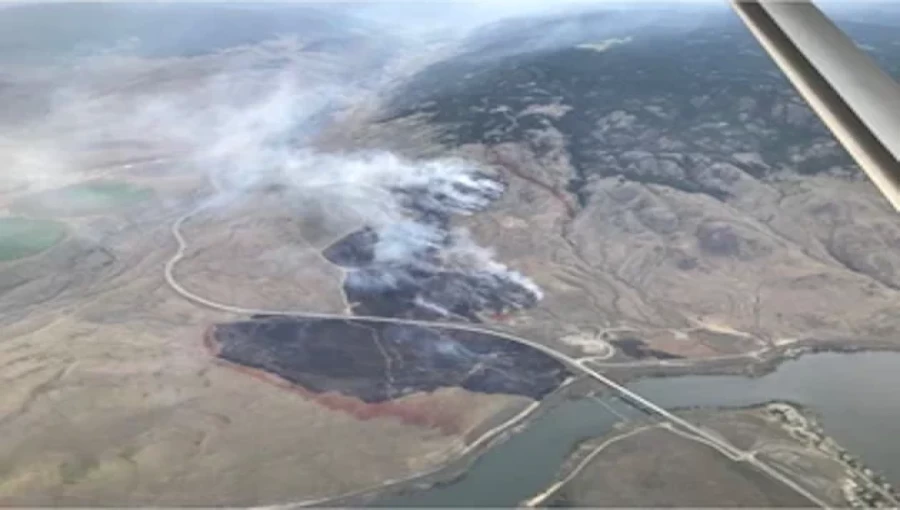
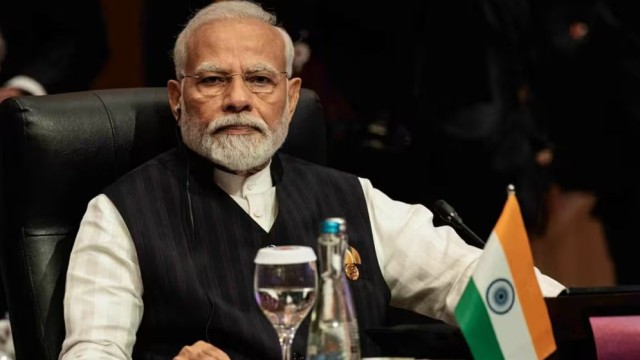



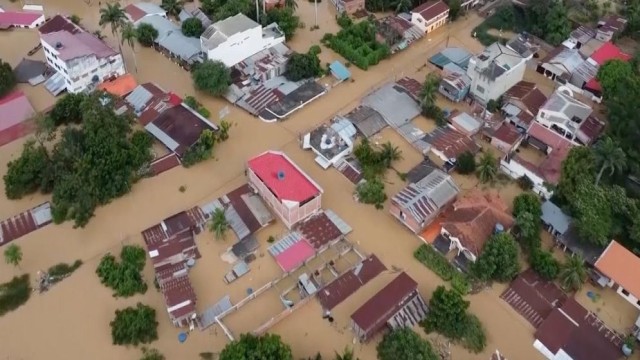
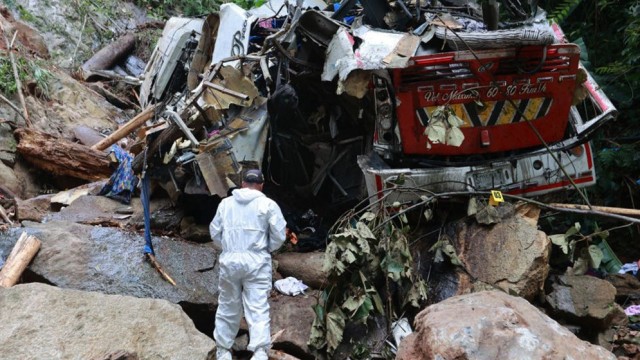










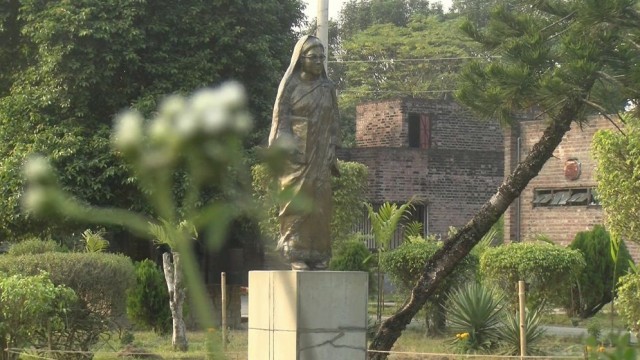

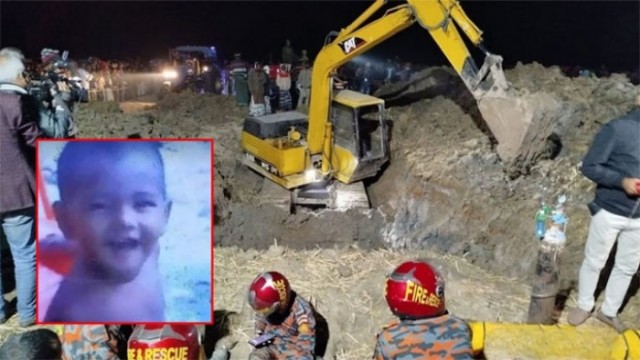



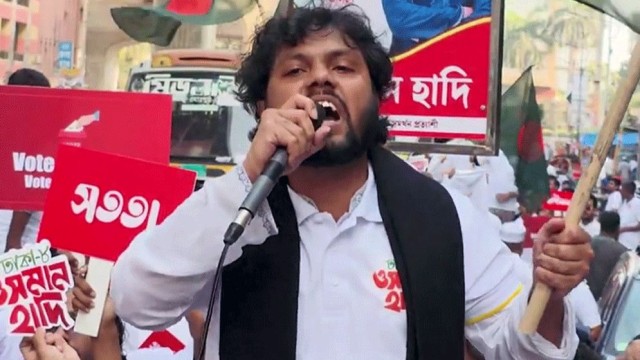



Comment: